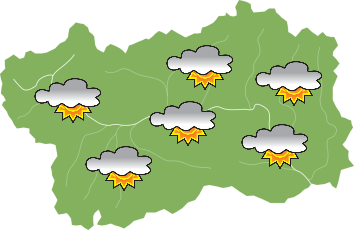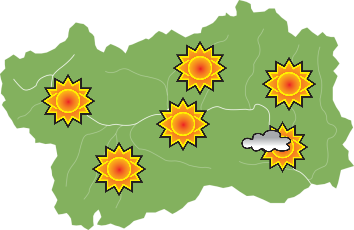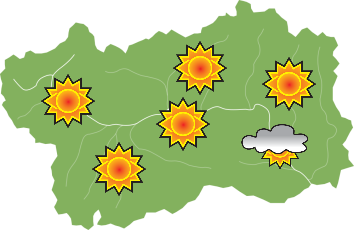Local stone of the Aosta Valley, especially soapstone, is used to make plates, bowls, boxes and traditional stoves.
Of all the local stone found in the Aosta Valley, soapstone is one of the most commonly used by craftsmen in the area. It is a homogeneous, compact green rock known to the inhabitants of the Alps since neolithic times thanks to the fact that it can easily be carved and worked as soon as it is extracted from the quarry. For centuries, the soapstone has been extracted from the strains of green rock that in many parts of Switzerland and Lombardy was the start of a flourishing manufacturing and extractive industry.
The name given to this kind of stone comes from the term olla, that indicates a large vase in terracotta or other material, in the shape of a pot, that the Romans used to cook and store food in, and also to keep ash.
In the Aosta Valley, stone found in the Valtournenche valley, in the Ayas valley and in the Champorcher valley has held a certain importance for centuries as a material for the manufacturing of various items and containers worked with the use of pedal operated lathes.
Especially in Valtournenche, home to the lathes, the craftsmen have specialised in the production of decorated stoves; until the introduction of central heating, many middle class families had one in their living room. Nowadays, carved and sculpted, it is used to make sculptures, plates, bowls, boxes and stoves.




-9424%20(1).jpg?v=638267413400000000)








